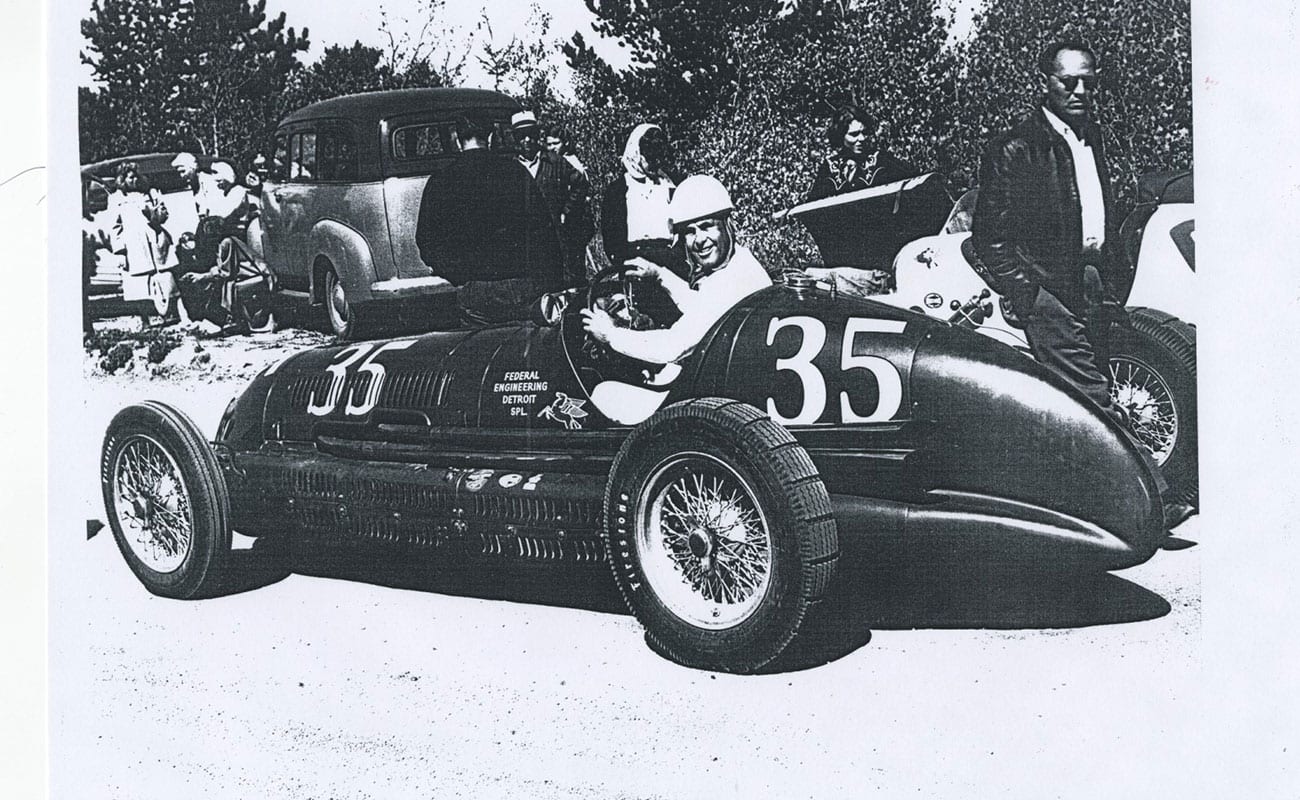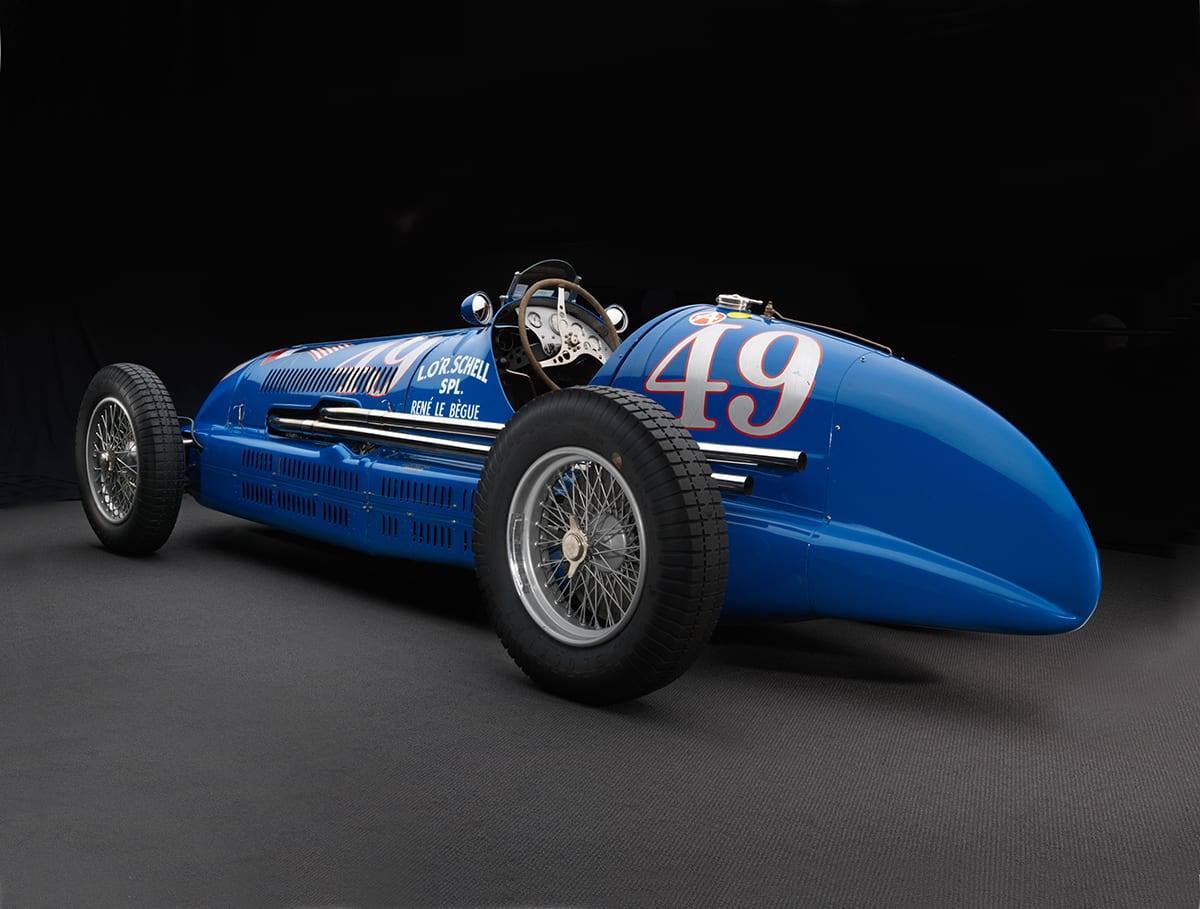Tech Specs
Eight cylinder in-line engine, double overhead camshafts, twin Roots-type superchargers 2991 cc, 360 hp at 6300 rpm
Before/After
1938 Maserati


About the 1938 Maserati 8CTF Grand Prix
The 8CTF was Maserati’s challenge to the all-conquering dominance of Germany on the Grand Prix scene of the thirties. Given the height to which Auto Union and Mercedes had raised race car engineering, the challenge, unsurprisingly, was not successful. However, the display car gave the vaunted German teams pause for thought, if not cause for alarm, however briefly.
Two factors made the 8CTF possible: a new and complicated International formula crafted with the single purpose of curtailing the German juggernaut and the acquisition of Maserati by Italian industrialist Adolfo Orsi which put the Maserati brothers in charge of the cars and the Orsi family in charge of management, at which the brothers had never excelled. The 8CTF was the first result of the collaboration.
Although development funds were now available, development time was brief. The new car was derived from the Maserati team’s voiturette chassis, its engine two voiturette four-cylinder blocks placed end to end with integral cylinder heads. Compared to the ultra sophistication of the German competition, this was a return to basics.
But speed is among the factors that wins races, and the unpretentious 8CTF was a very fast car in 1938. This was demonstrated in its first outing, at Tripoli, when Count Felice Trossi put up a 131.2 mph lap in the display car and took the lead on Lap 9 only to retire soon after with transmission problems. The rest of the season became an ongoing déjà vu as the Maserati left starting lines handsomely and then broke down, usually well before the finish.
Ironically, the 8CTF enjoyed a far more rewarding career in the United States, winning Indianapolis twice and Pikes Peak once beginning in 1939 with Wilbur Shaw’s 500 victory driving 3032 (the third 8CTF, modified for the ‘39 season). Subsequently Lucy O’Reilly Schell bought 3030 and 3031 for her Ecurie Bleue team, shipped them
to the States, and signed up French racing champion René Dreyfus and René Le Begue to drive them in the 1940 500. Dreyfus drove 3030 during practice, broke a connecting rod, co-drove 3031 with Le Begue in the race to finish tenth and collect $1400 in prize money. Both Schell cars were sold after the race, 3031 ultimately fitted with an Offy engine, 3030 resolutely loyal to its Maserati straight eight and enjoying Indy drives by Russ Snowberger and Duke Nalon and a Pikes Peak climb by Louis Unser. The old war horse remained on the track until the early fifties.
Photos – Peter Harholdt










